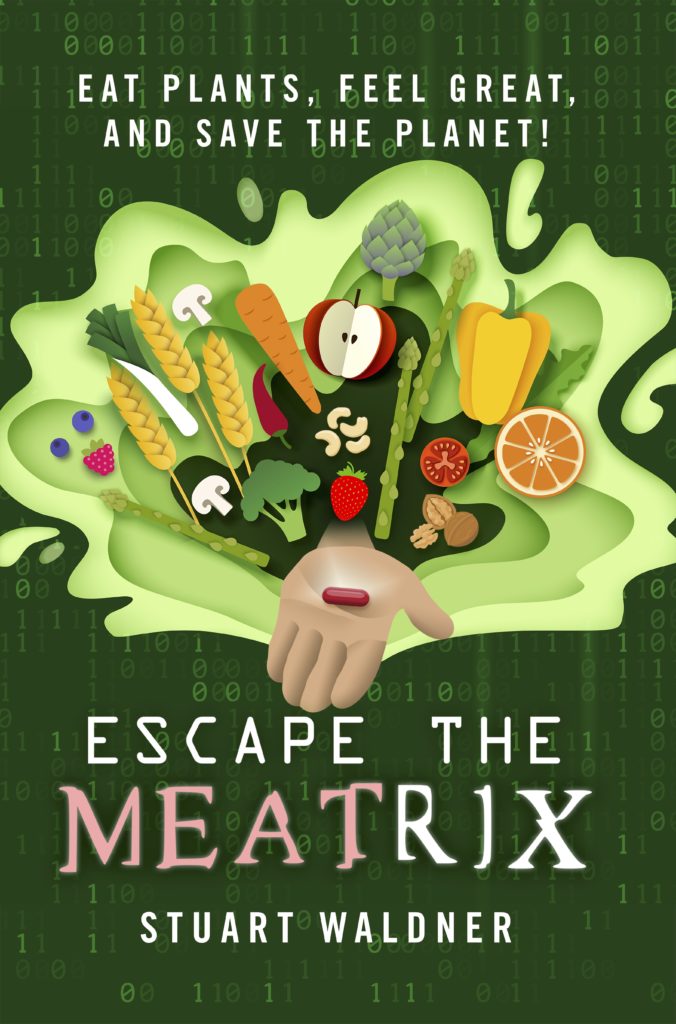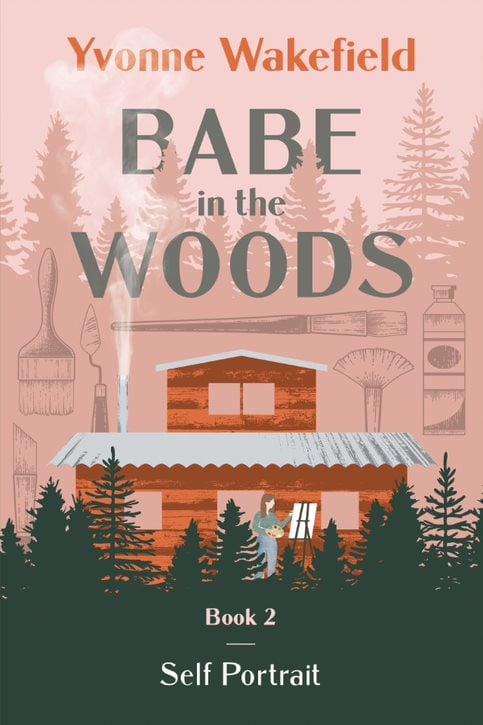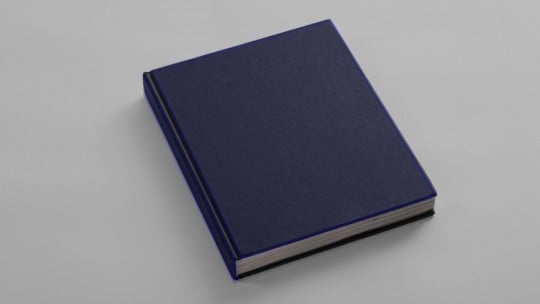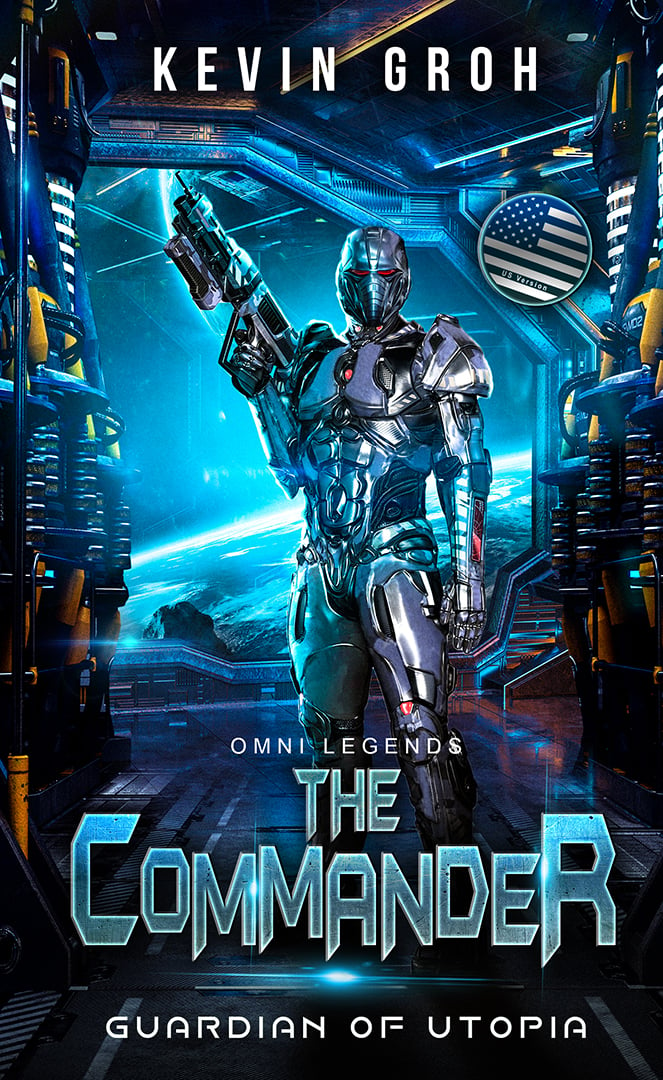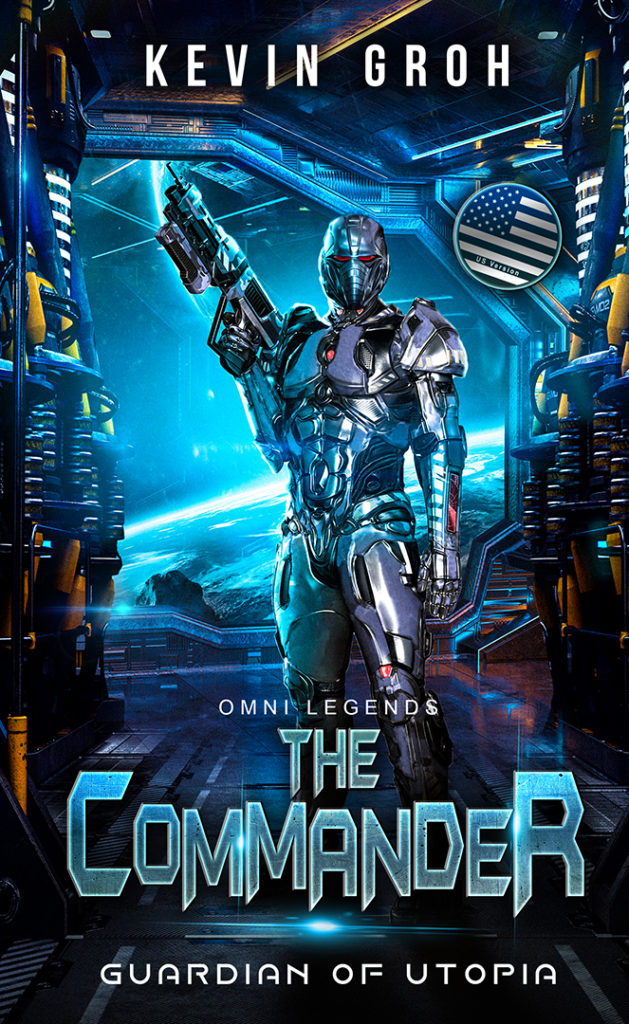Author Spotlight: Stuart Waldner
Activist and author Stuart Waldner is up to release his debut novel ‘Escape the Meatrix: Eat Plants, Feel Great, and Save the Planet!’ this October 11, under Houndstooth Press. But before we talk about the exciting details of his upcoming book, let’s get to know Stuart Waldner.
Stuart Waldner is an author/activist of the upcoming book ‘Escape the Meatrix: Eat Plants, Feel Great, and Save the Planet!’. The book Escape the Meatrix was written after Stuart switched to a plant-based diet in 2008.
Stuart Waldner is living in Lexington, Kentucky, in the United States. Lexington, Kentucky, is one of the country’s poorer and least educated areas with unhealthy individuals. Despite this, it’s one of the most beautiful places filled with genuine people, which Stuart appreciates. Growing up, Stuart witnessed those around him become ill, so he decided to make some changes in his lifestyle that could offer him the best chance to avoid the illnesses he saw in his relatives and the people he grew up with. In 1985, when Stuart was 23, he stopped eating meat and started exercising. It was not until 2008 that Stuart entirely went with a plant-based lifestyle. People may see it as a foolish decision, but Stuart’s life experiences prove that it was a big, good decision.
After transitioning to a plant-based lifestyle, Stuart discovered the connection between food choices and global crises such as climate change. The more Stuart learned about the statistical data that links dietary choices and the current global crisis, the more he was eager to convince other people to wake up.
When not advocating, Stuart Waldner spends his free time playing with his dogs, cooking plant-based foods, running, and restoring his 128-year-old Victorian home. Stuart’s doctor and the people around him can’t help but notice his excellent health—all thanks to a plant-based lifestyle.
‘Escape the Meatrix: Eat Plants, Feel Great, and Save the Planet!’ is an environmental, health, and wellness nonfiction book which features personal experience and data supported with research and scientific evidence. Here, Stuart Waldner boldly tells the truth about the Meatrix and how it led people to believe that animal-based products are natural and necessary when it was only conditioned to use them. Supported by science and research, the book illustrates how switching to a plant-based lifestyle can positively affect and improve a person’s health. It also averts the effects of climate change which can be a more significant problem for future generations. Stuart Waldner invites the readers to challenge the status quo and don’t sway with the growing animal-based consumers. The evidence is presented in the book. It’s up to you to decide whether you accept the action or stay the same.
You can check out and pre-order Escape the Meatrix: Eat Plants, Feel Great, and Save the Planet! on Amazon.
For more information about Stuart Waldner, you can visit his website. Find her on Facebook and Instagram.



